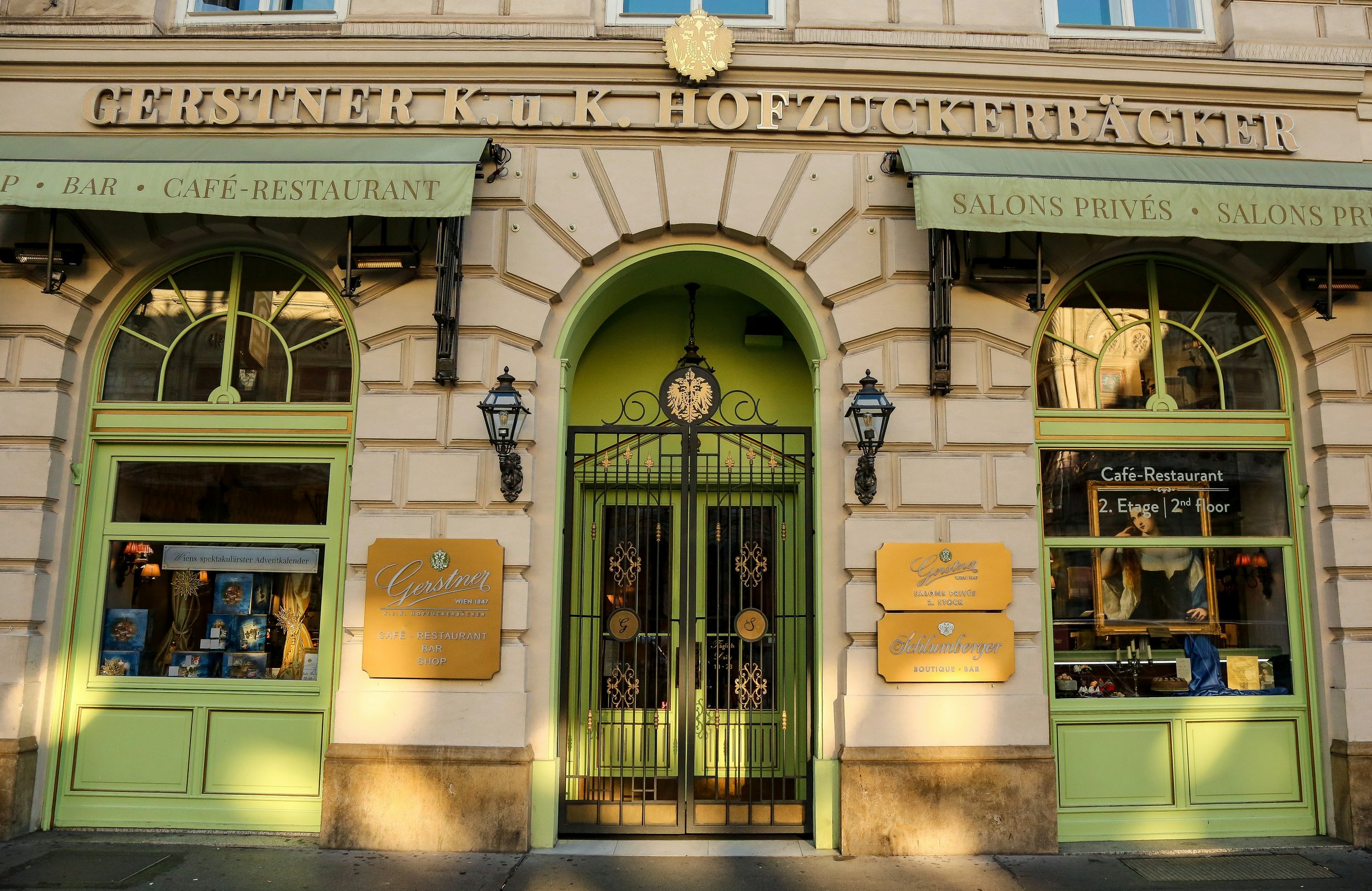
Hospitality Event Management and Leisure – Enterprise Business Transformation
Empowering the Hospitality Event Management and Leisure industry with tailored consultancy solutions for sustainable growth.
An Introduction To Our Hospitality Event Management Platform
Modus Business Transformation Core Modules
Building, Driving and Sustaining your Business Transformation and embedding a 'Transformation As Usual' platform.

01 - Business Model Management - Manage and Adapt
With the Modus ETP Business Model Management Hub, your hospitality enterprise can navigate transformation smoothly, ensuring sustained success and growth.
The Business Model Management Hub in Modus ETP is a powerful tool designed to help hospitality enterprises manage and adapt their business models effectively. This hub provides comprehensive insights and strategies for current and future business models, addressing key areas such as markets, customers, products, and services.
Here's why it's essential:
Business Model Management: Set up, analyze, and optimize your business models to stay competitive and responsive to market changes.
Business Transformation Survey: Conduct detailed surveys to assess your current business state and identify areas for transformation.
Transformation Strategy Hub: Develop robust transformation strategies that align with your business goals and market demands.
Strategic Alignment: Ensure your transformation efforts are aligned with your overall business strategy for cohesive and effective changes.
Why It's Important:
Stay Competitive: Continuously adapt your business model to meet evolving market demands and customer expectations.
Comprehensive Analysis: Gain deep insights into various aspects of your business to make informed decisions.
Benefits:
Enhanced Agility: Quickly respond to market changes and customer needs.
Increased Efficiency: Streamline operations and eliminate inefficiencies.
Improved Performance: Boost overall business performance through strategic adaptations.
02 - The Value Chain Modeler - Manage and Adapt
With the Modus ETP Value Chain Modeler, your hospitality enterprise can achieve a thorough understanding of its business model, facilitating strategic growth and operational excellence.
The Value Chain Modeler in Modus ETP is a vital tool for understanding and optimizing your entire business model. It enables you to articulate, illustrate, and plan your business growth by providing a comprehensive view of your end-to-end value chain.
Key Features:
Value Chain Analysis: Gain insights into every aspect of your business operations to identify strengths, weaknesses, and opportunities.
Value Chain Surveys: Conduct detailed surveys to gather data and feedback, ensuring all touch points are covered and understood.
Target Operating Model: Develop a strategic operating model that aligns with your business goals and drives efficiency.
Why It's Important:
Comprehensive Understanding: Get a complete picture of your business model and its touch points to make informed decisions.
Strategic Planning: Articulate and plan your business growth effectively by leveraging detailed value chain insights.
Optimized Operations: Improve operational efficiency and effectiveness by identifying and addressing bottlenecks and gaps.
Benefits:
Enhanced Visibility: See the entire value chain and understand how different parts of your business interact.
Informed Decisions: Make data-driven decisions to optimize performance and drive growth.
Strategic Alignment: Ensure your operations are aligned with your strategic goals for better coherence and impact.

03- The Operating Model - Organize and Sustain
With the Modus ETP Operating Model, your hospitality enterprise can achieve organized, efficient, and sustainable operations, driving growth and excellence.
The Operating Model in Modus ETP is essential for organizing and sustaining your business by defining, capturing, and visualizing operational processes and activities. It acts as a living knowledge hub, providing an ongoing training guide through multiple operating models.
Key Features:
TOM and Operating Model Design: Develop a robust Target Operating Model (TOM) that aligns with your strategic goals.
Operating Model Components: Define and manage the essential components of your operating model for clarity and efficiency.
Product and Services Value System Design: Optimize the design of your products and services to maximize value.
Customer Experience Design (CX): Enhance customer satisfaction by designing superior customer experiences.
Business Role and Skill-Based Design: Structure roles and skills effectively to improve performance and productivity.
Process Support Office: Provide continuous support and governance for all business processes.
Why It’s Important:
Organized Operations: Streamline and organize your operational processes for greater efficiency.
Sustainable Practices: Maintain a living hub of process knowledge that evolves with your business.
Ongoing Training: Use multiple operating models as a continuous training guide to keep your team up-to-date.
Benefits:
Enhanced Efficiency: Improve operational efficiency by clearly defining and managing processes.
Better Customer Experience: Design and implement processes that enhance customer satisfaction.
Continuous Improvement: Foster a culture of continuous learning and improvement through ongoing training and support.
04 - The Transformation Assets and Portfolio Module - Discover and Transform
The Transformation Assets and Portfolio Module in Modus ETP is designed to help hospitality enterprises successfully execute and deliver their transformation vision by utilizing a comprehensive library of pre-defined templates and methods.
Key Features:
Portfolio Management Office: Oversee and manage your entire portfolio of transformation projects.
Pillar/Initiative Management Office: Coordinate and manage specific strategic initiatives.
Program Management Office: Ensure cohesive management of transformation programs.
Project Management Office: Manage individual projects effectively with best practices.
Project Support Office (Virtual PMO): Provide virtual support and governance for all project activities.
Centralized and Connected Transformation Assets: Access a vast library of tools and templates to streamline transformation efforts.
Key Components:
Value Chain Analysis: Understand and optimize your business processes.
Business Model Analysis: Evaluate and improve your business model for better performance.
Transformation Strategy: Develop and implement effective transformation strategies.
Transformation Mobilization: Prepare and mobilize resources for transformation initiatives.
Planning Management: Ensure detailed and effective planning for all projects.
Transformation Log Management: Keep track of transformation activities and progress.
Why It’s Important:
Streamlined Execution: Use pre-defined templates and methods for efficient transformation.
Comprehensive Management: Manage all aspects of transformation from planning to implementation.
Continuous Improvement: Regularly review and optimize transformation processes for sustained success.

05 - Organizational Change Management - Unite and Thrive
With the Modus ETP Organizational Change Management, your hospitality enterprise can unite and thrive, driving successful transformations and sustained success.
Organizational Change Management in Modus ETP is designed to ensure full adoption of change by engaging and building organizational structures, pathways, and skills down to individual roles.
Key Features:
Change Management Office: Centralized hub for overseeing and driving change initiatives.
Comms Management Office: Ensure effective communication throughout the change process.
Organizational Design Management Office: Develop and manage organizational structures for optimal performance.
Leadership Development Practices: Cultivate strong leadership to guide and support change.
Change Workbench: Tools and resources to manage and implement change effectively.
Adoption and Course Correct: Monitor adoption rates and make necessary adjustments to stay on track.
Training and Launch Academy: Provide comprehensive training to ensure successful change implementation.
Why It’s Important:
Successful Change Adoption: Achieve full adoption of changes across the organization.
Enhanced Communication: Maintain clear and consistent communication during transformations.
Strong Leadership: Develop leadership capabilities to support and drive change.
Optimized Structures: Create effective organizational structures that enhance performance.
Benefits:
Increased Efficiency: Streamline processes and improve overall efficiency.
Improved Employee Engagement: Engage employees at all levels to ensure smooth transitions.
Sustainable Growth: Foster a culture of continuous improvement and growth.
06 - Engagement Hub - Share and Guide
The Engagement Hub in Modus ETP is designed to centralize and streamline communication, ensuring everyone is informed and aligned throughout the transformation process.
Key Features:
Centralize Transformation Comms: Consolidate all transformation-related communications in one place.
Latest News: Stay updated with the latest news and developments.
Poll Surveys: Conduct surveys to gather feedback and insights from your team.
Transformation Team Areas: Dedicated spaces for transformation teams to collaborate and share information.
Business Team Areas: Separate areas for business teams to stay informed and engaged.
Calendar Roadmaps: Visualize important dates and milestones with integrated calendar roadmaps.
Language Capability: Support for multiple languages to cater to a diverse workforce.
Transformation and Change Alerting: Receive alerts and notifications for important updates and changes.
Why It’s Important:
Enhanced Communication: Ensure clear and consistent communication across the organization.
Increased Engagement: Keep everyone involved and informed, boosting morale and participation.
Streamlined Collaboration: Facilitate seamless collaboration between different teams and departments.
Real-Time Updates: Stay on top of critical updates and changes with timely alerts.
Benefits:
Improved Efficiency: Reduce communication gaps and improve overall efficiency.
Better Decision Making: Gather insights through surveys and feedback to inform decision-making.
Stronger Alignment: Ensure everyone is aligned with the transformation goals and processes.
-

Transformation As Usual Capability Model
-

Individual and Team Capability Development



